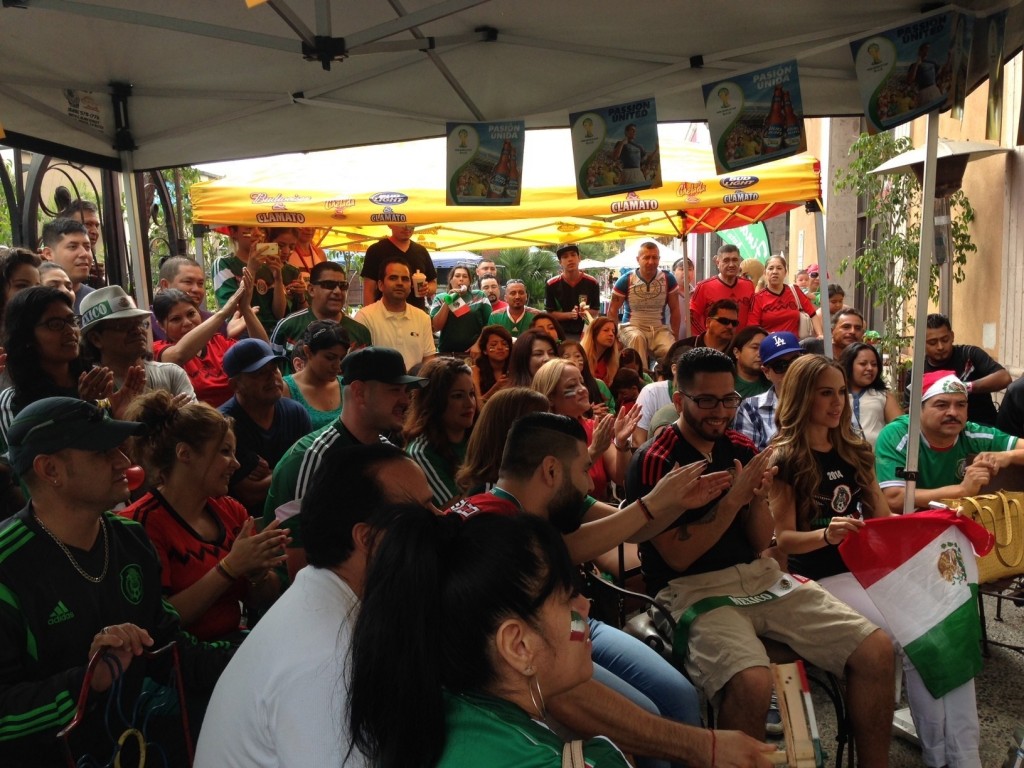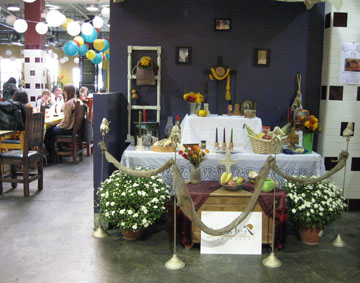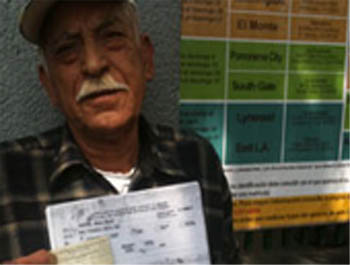NBC: Fans of Mexico’s soccer team gather, watch, and commiserate in Huntington Park after Sunday’s World Cup loss.
LA Times: New York’s “Ghetto Film School” brings its unique approach to teaching filmmaking to South L.A.
KTLA: A shooting in Inglewood lead to one death and a wounded police officer.
CurbedLA: The upcoming Crenshaw line project has another stop established, this one with bells and whistles.











 Dia de los Muertos fills Los Angeles with altars, sugar skulls and yellow marigolds on the first two days of November each year. But recently, the Mexican holiday has become increasingly popular.
Dia de los Muertos fills Los Angeles with altars, sugar skulls and yellow marigolds on the first two days of November each year. But recently, the Mexican holiday has become increasingly popular. Miguel Bermudez, who is in his 70s, is one of hundreds of thousands of people who were part of the Bracero Program that allowed Mexicans to work in the United States. As part of that arrangement, a portion of the pay was withheld and was to be returned later.
Miguel Bermudez, who is in his 70s, is one of hundreds of thousands of people who were part of the Bracero Program that allowed Mexicans to work in the United States. As part of that arrangement, a portion of the pay was withheld and was to be returned later.




